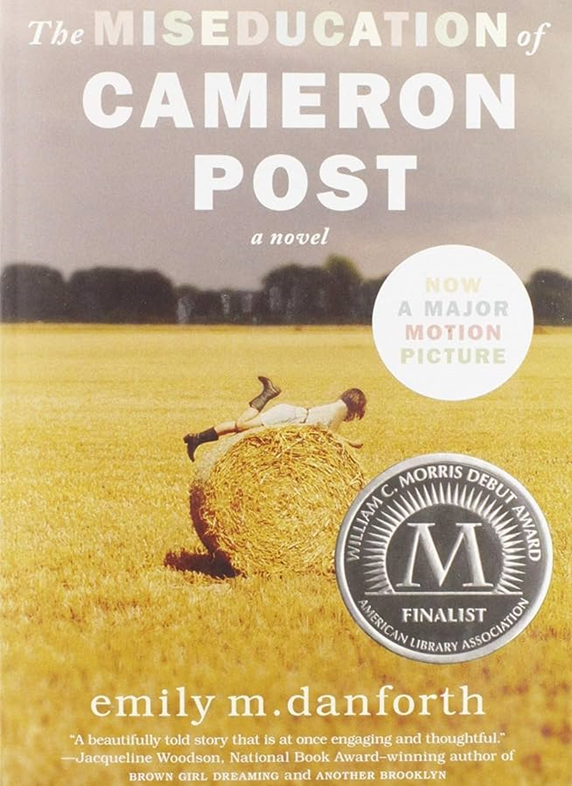Giselle Chen, Verrazzano Class of 2024,
completed major in Psychology & Philosophy

Growing up, we lived in a
cramped basement. I was often ashamed of the living conditions and envied my
classmates that lived in single-family private homes. In order to make a bit more
money, my mom and I would collect cans and recycle them for five cents each. I
always found myself embarrassed to be seen in public by my classmates. I would
be embarrassed to bring dumplings to elementary school because my classmates
found it stinky. While my older sister had to learn English at 11-years-old, I
was trying to retain my parents’ native language, Taishanese.
Now at 22 years old, I
understand that my parents were doing their best to always ensure that my
siblings and I had a roof over our heads, full stomachs, clothes to wear, and
resilience—even if it meant detracting from their own happiness. At 22 years
old, I still see Chinese elders rummaging through the trash cans of Chinatown
to collect recycling cans.
Professor Stephen Morris’
senior seminar course on the nature of happiness inspired me to develop my capstone
on the experience of Chinese immigrants in the U.S., and how immigration has
impacted their happiness and life-satisfaction. It is established that a high
level of life-satisfaction is positively correlated to education and income.
Typically, on average, Asian Americans tend to have higher levels of education
and income. Therefore, they should also have higher life-satisfaction and be
happier. But this was not the case, and I was very interested and determined to
investigate why this was the case.
During my research, a
consistent finding in over 33 studies was that Asian Americans significantly
score lower on life-satisfaction when compared to European Americans, but did
not significantly differ to Asian populations. This was due to a combination of
both cultural values and a myriad of factors due to immigration. These factors
included income, education, discrimination, acculturation stress, collectivism,
and acculturation gaps between different generations.
Moving forward, immigration
itself (no matter the nationality or ethnicity) is a complex and multifaceted
phenomenon, with a long and rich history. Regardless of one’s political or
personal beliefs, it is important to remember that immigrants too are human
beings. To understand and to heal is to see beyond what we have experienced and
what we have known throughout our lives.






